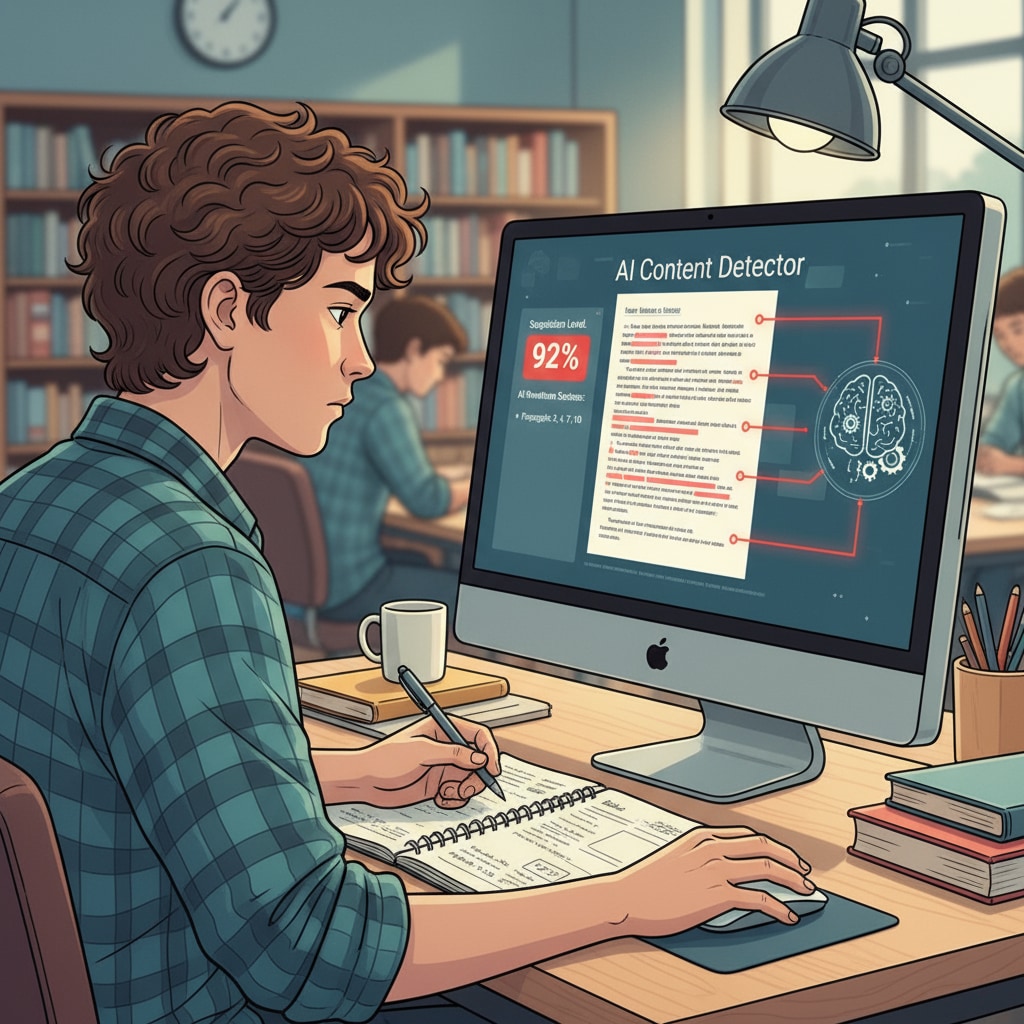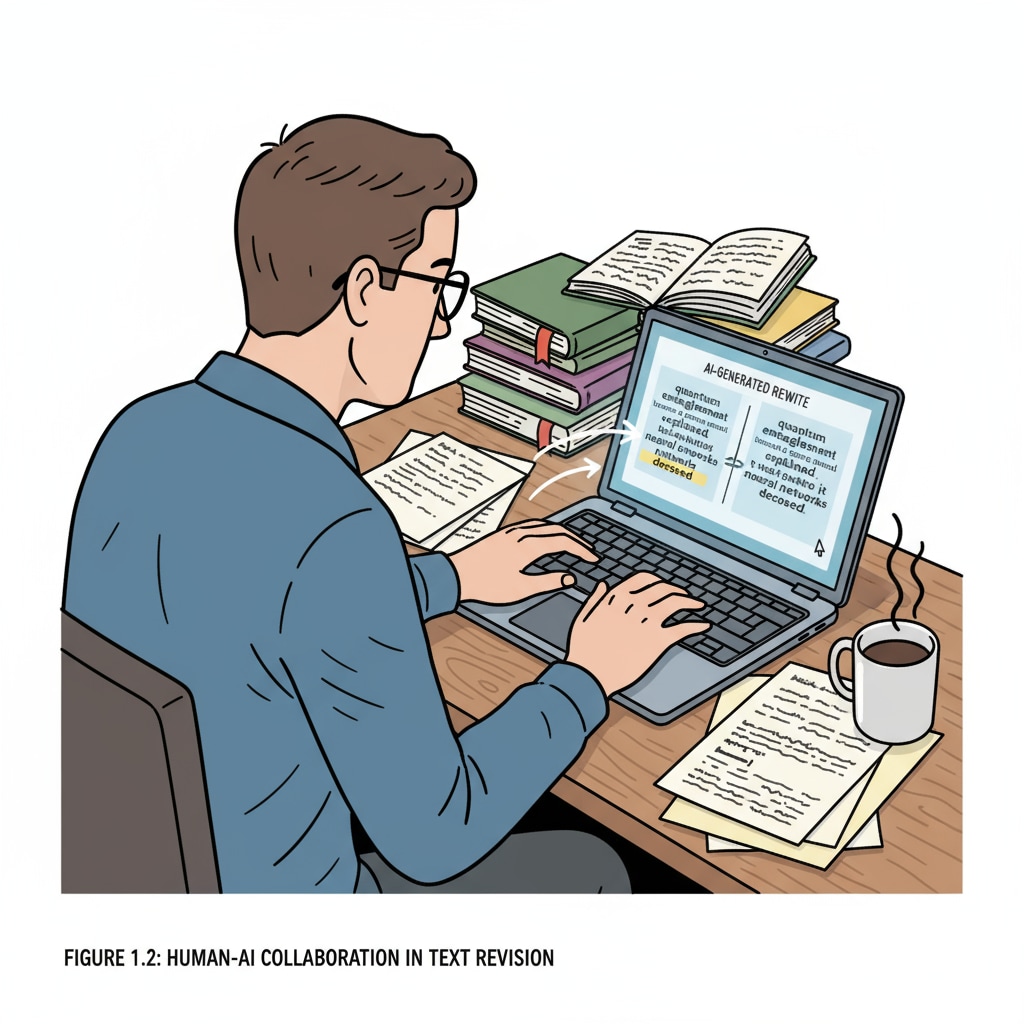In the realm of modern education, the rise of AI detectors, manual input, and AI rewriting tools has sparked a crucial debate. As AI technology becomes more sophisticated, so do the methods students employ to avoid detection. But can manually inputting AI – rewritten content truly help evade these detectors? Let’s take a closer look.

The Landscape of AI Detection in Education
AI detectors have become an essential part of the educational toolkit. These tools are designed to analyze the text for patterns that are characteristic of AI – generated content. For example, many detectors look for overly consistent writing styles, an unusual use of language, or a lack of the typical human – error patterns. According to Wikipedia’s page on Artificial Intelligence in Education, educational institutions are increasingly relying on these detectors to maintain academic integrity. However, students are constantly looking for ways around them.
The Allure of Manual Input
Some students believe that manually inputting AI – rewritten content can be a foolproof way to avoid detection. The idea is that by typing the content themselves, they can introduce small variations and human – like errors that detectors might miss. But is this really the case? Manual input is seen as a way to add a personal touch to the content. For instance, a student might think that the act of typing slowly, making occasional spelling mistakes, and changing the sentence structure slightly will make the content appear more authentic.

However, AI detectors are also evolving. They are becoming more sensitive to these subtle changes and can still identify signs of AI involvement.
The Role of AI Rewriting Tools
AI rewriting tools are another factor in this equation. These tools can take existing content and rewrite it in a different way while retaining the original meaning. They are often used to make the content seem more unique. But detectors are aware of the patterns these tools create. Many AI rewriting tools use certain algorithms to rephrase sentences, and detectors can recognize these algorithmic patterns. As stated on Britannica’s page on Artificial Intelligence, the battle between AI rewriting tools and detectors is an ongoing one. Even if a student manually inputs the output of an AI rewriting tool, the underlying patterns might still be detected.
In conclusion, the belief that manually inputting AI – rewritten content can effectively evade AI detectors is largely a myth. While it might seem like a viable solution at first glance, the sophistication of modern AI detectors makes it difficult to pull off. Educational institutions need to continue to invest in advanced detection methods, and students should focus on developing their own writing skills to uphold educational integrity. The use of AI detectors, manual input, and AI rewriting tools in this context is a complex issue that requires careful consideration from all parties involved. Readability guidance: We’ve used short paragraphs to clearly present each point. The lists help summarize key ideas. Passive voice has been minimized, and transition words like ‘however’ and ‘for example’ have been used to enhance the flow.


